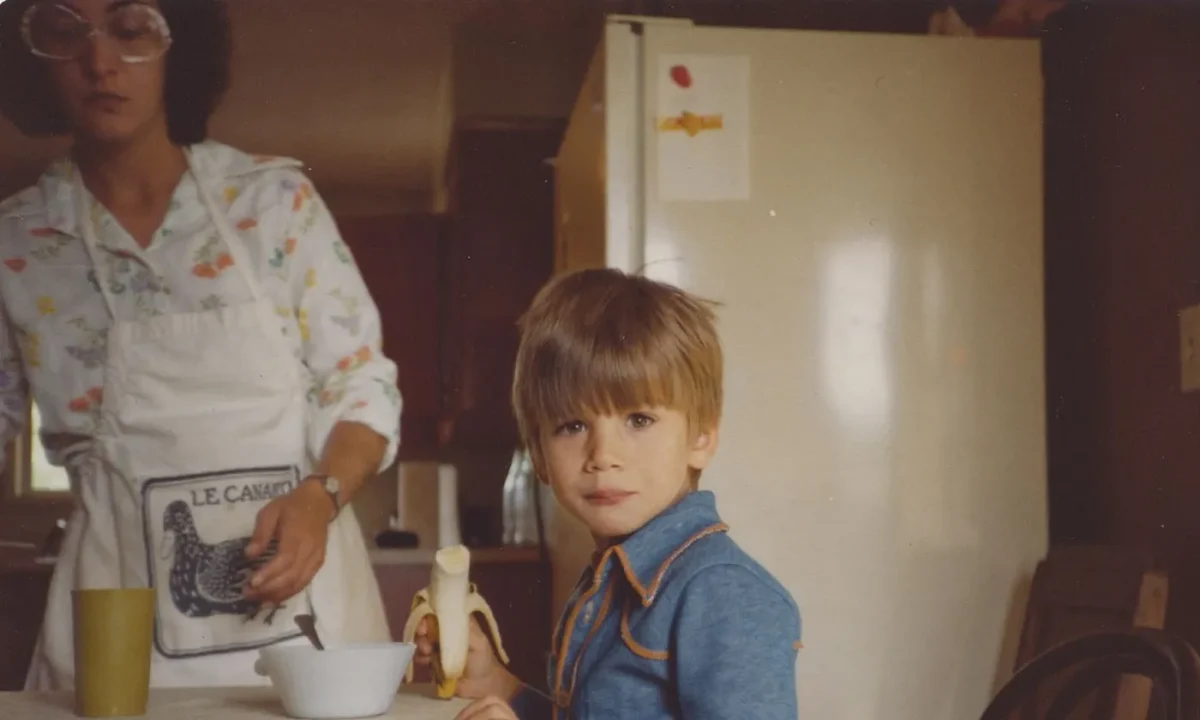There’s a scene in Woody Allen’s “Annie Hall” in which Alvy Singer (Allen’s character) pulls a pretentious film-goer out of line and introduces him to the  director he’d been critiquing. The director – in one of the best cinematic moments of all time– rips the critic to shreds.
director he’d been critiquing. The director – in one of the best cinematic moments of all time– rips the critic to shreds.
I had a similar experience when I went to see the Saint Louis University Theatre’s production of Sarah Ruhl’s “Dead Man’s Cell Phone.”
During intermission, I was treated to the commentary of the people in the seats behind me, who went on at length about how the play was not as good as the previous time they had seen it and how the director had made a not-very-good-choice in giving the play an exaggerated, extra-comic feel.
Much like Alvy Singer, I could not quite believe what I was hearing. Had they seen the same play? Were they in the same theatre as I was? Because there is nothing about “Dead Man’s Cell Phone” that is not exaggerated or extra-comic.
This is the theatre, not daily life. People are supposed to be larger than life – if they are ridiculous, it is turned up to 11. The same thing applies if they are calm, worried, nervous, angry, jealous—whatever. We are not watching our good friends march across the stage, we are watching a story play out in front of our eyes – in the case of “Dead Man’s,” we are watching a surreal situation become increasingly more absurd.
As much as I hate it when critics say this, it is a terrifically fun ride.
From Alexandra Woodruff’s portrayal of the always-slightly-on-edge Jean to the hysterics of Julia Crump’s Mrs. Gottlieb, all the way to the sardonic narcissism of Mark Holzum’s Gordon (the dead man – to say any more would be spoilers), we watch endless loose-ends play out and (maybe) come to a close.
In the process, we are treated to some wonderfully dark comedy – which I will not reproduce here for fear of spoiling the jokes – but these actors prove to have impeccable timing and delivery, making what should be a tragedy deliriously funny.
It is all part of the exaggerated, extra-comic feel my neighbors so disliked: Take a morbid if not extraordinary situation and up the tension, the surprises, even the romance until the audience is rolling in the aisles.
Of special note, too, is the set design: Director Tom Martin references Edward Hopper paintings as an inspiration in the program, and this visual cue is much in evidence on stage.
Set designer Mark Wilson has constructed a scene drenched in the dark greens, reds and window light sources so beloved of Hopper, serving to keep the play grounded, even as events spiral into near-lunacy.
Video projection and screens are put to good use to build the sense of separation, which looms over the production. There is an excellent use of paper near the end of the first act, which I will not spoil, but get ready to enjoy.
There are a few problems here and there, of course; no production can be perfect, but I feel as though most stem from the fact that the show is not particularly forgiving of gradual character change.
People continue further and further on their own dark paths until something shocks them in a different direction.
Perhaps that is a commentary onthe greater nature of human kind – I do not know – but in the play, it started to make some scenes seem to be a continuous rewash of previous jokes. That sounds a good deal meaner than it really is; I guess I just look for more scene-to-scene-behavior changes than this production seems to have allowed.
That said, I loved this production of “Dead Man’s Cell Phone,” and I urge you to go see it immediately— seriously. What are you doing reading this article when you should be buying your tickets? Just remember, as the house lights dim: Turn off your cell phone.




![Two-time Pulitzer Prize winning novelist Colson Whitehead discusses his novels and writing process at a Craft Talk discussion with English and creative writing assistant professor Ron Austin in Saint Louis University’s Wool Ballroom on April 10, 2025. Whitehead received the 2025 St. Louis Literary Award on April 9. “I always take [awards] as an encouragement to keep doing what I’m doing,” Whitehead said.](https://unewsonline.com/wp-content/uploads/2025/04/4_10ColsonWhitehead_JudeThomas0282-3-1200x800.jpg)








